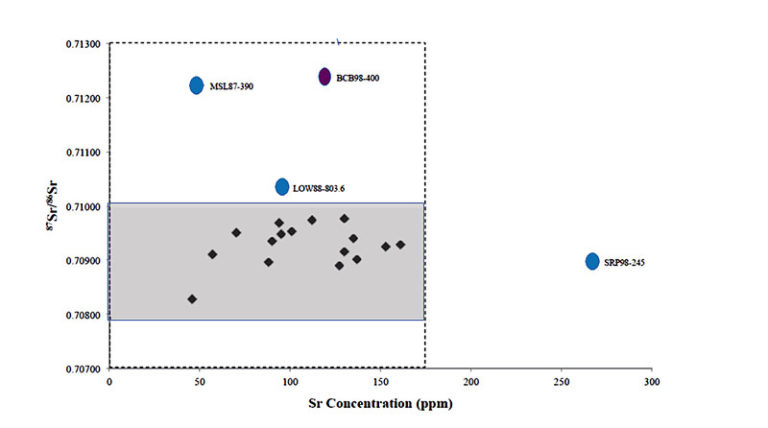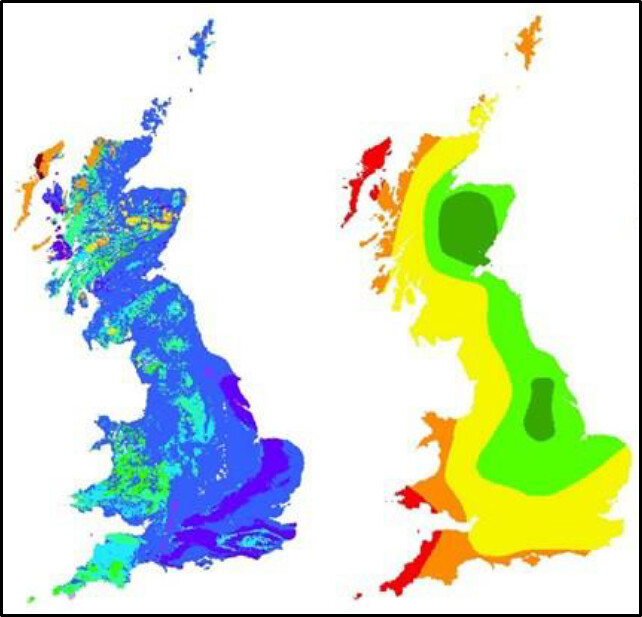
Reach your personal and professional goals
Unlock access to hundreds of expert online courses and degrees from top universities and educators to gain accredited qualifications and professional CV-building certificates.
Join over 18 million learners to launch, switch or build upon your career, all at your own pace, across a wide range of topic areas.


 Strontium values for individuals from Roman Britain. Shaw, H., Redfern, R. C., Montgomery, J, Gowland, R. L. Evans, J. (2016). Identifying migrants in Roman London using lead and strontium isotopes. Journal of Archaeological Science 66: 57-68.
Strontium values for individuals from Roman Britain. Shaw, H., Redfern, R. C., Montgomery, J, Gowland, R. L. Evans, J. (2016). Identifying migrants in Roman London using lead and strontium isotopes. Journal of Archaeological Science 66: 57-68.  A) Strontium isoscape map of Britain. B) Oxygen isoscape map of Britain (BGS)
A) Strontium isoscape map of Britain. B) Oxygen isoscape map of Britain (BGS)






